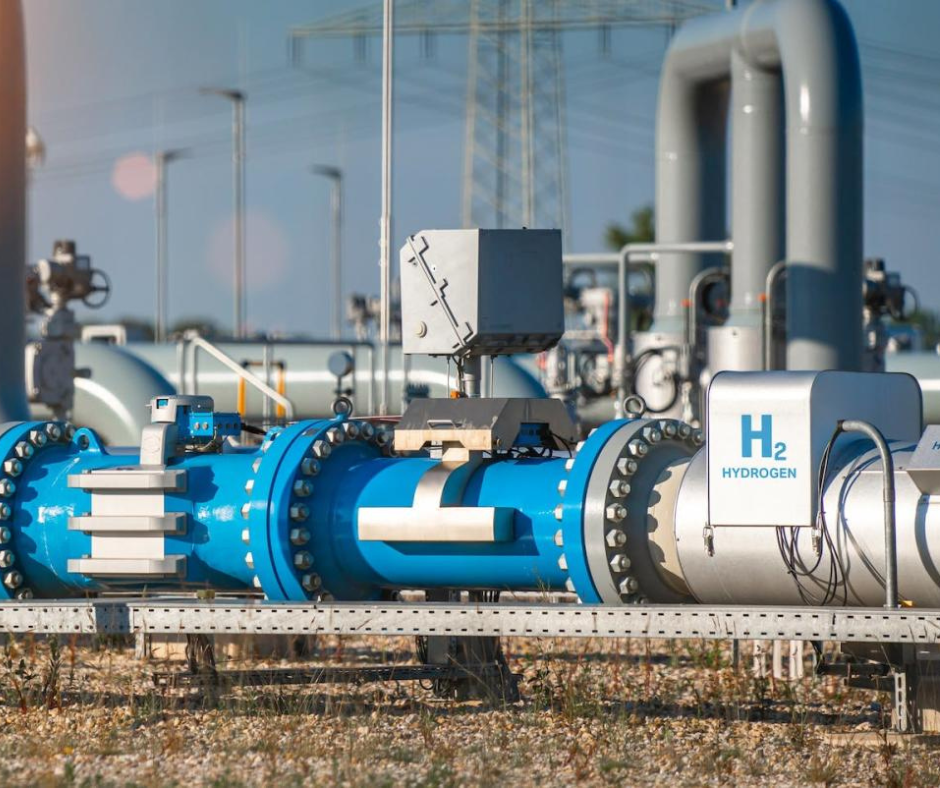Hydrogen gas (H2) is an important and versatile chemical with many uses, including a clean-burning fuel for generating electricity and a feedstock for producing chemicals and other products. However, generating hydrogen gas can be energy-intensive and expensive, making it challenging to produce on a large scale.
Over the years, engineers have developed several different methods for generating hydrogen gas, including steam methane reforming, electrolysis, and biomass gasification. Each method has its own advantages and disadvantages, and the most suitable method may depend on the specific application and the available resources.
Science and engineering are closely related fields that often work together to create new technologies and solve practical problems.
Hydrogen sulfide is known for having the smell of rotten eggs, and it is also very poisonous and corrosive, especially when used in wastewater. Petrochemical plants and other industries make thousands of tonnes of this gas annually as a byproduct of separating sulfur from petroleum, natural gas, coal, and other products.

Now, engineers and scientists at Rice University have come up with a new way for petrochemical companies to turn the dangerous gas into hydrogen gas, which is in “high demand.”
Naomi Halas, an engineer, physicist, and chemist at Rice, and her team have devised a way to get energy from light and change hydrogen sulfide and sulfur in one step.
In comparison, refineries that use catalytic technology now use the Claus process, which has several steps. Also, it makes sulfur but not hydrogen, which is turned into water.
“Industry can get fined a lot for releasing hydrogen sulphide, but cleaning it up is also very expensive,” Halas, a pioneer in nanophotonics whose lab has spent years making light-activated nanocatalysts that can be used in business, said in a statement. “The term “game-changer” is used too often, but in this case, it is appropriate. Plasmonic photocatalysis should be much cheaper to use than traditional cleanup methods. It also has the potential to turn a costly problem into a more valuable resource.”
Halas says that the process is cost-effective. He says it could clean up hydrogen sulfide from sewer gas and animal waste with low costs and high efficiency.
The Remediation Process is Economic And Effective
The release says that the team put tiny “islands” of gold on the surface of the silicon dioxide powder. Each island was made of a tiny piece of gold that would react to a certain wavelength of light. The reactions made “hot carriers,” which are short-lived electrons with a lot of energy that can speed up catalysis.
In a lab, the team showed that a row of LED lights could create “hot carrier photocatalysis” and turn H2S directly into H2 gas and sulfur.
“Since it only needs visible light and doesn’t need any outside heat, the process should be easy to scale up using clean solar energy or high-efficiency solid-state LED lighting,” Halas said.
Their results were published in the journal ACS Energy Letters of the American Chemical Society.

Abstract:
Plasmonic metal nanostructures are becoming increasingly popular as heterogeneous photocatalysts because they make it easier to activate chemical bonds and don’t need as much energy as traditional thermal catalysis. We show that hydrogen sulfide can be broken down directly into hydrogen and sulfur through plasmonic photocatalysis. This is an alternative to the industrial Claus process.
Under visible light illumination and with no heat source from the outside, thermocatalysis can be outperformed by up to 20 times. Hot carriers (HCs) that change the energy of the reaction are thought to be responsible for the significantly increased reactivity.
A new reaction path with a lower reaction barrier can happen with a change in the step that controls the reaction rate. Light-driven one-step decomposition of hydrogen sulfide is an exciting way to produce hydrogen with high efficiency and recover sulfur, which is important in many industrial processes.





